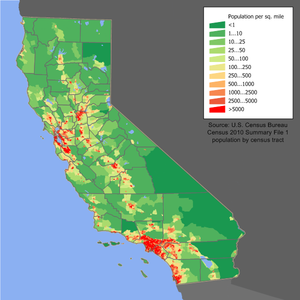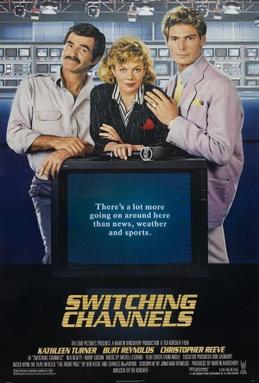
- Image by Getty Images via @daylife
I’m on the advisory board of the local high school’s vocational design program: Burlington Tech Careers in Design and Illustration. I’ve been on this board for years and it’s always fun. I get to see some great work by high school juniors and seniors during their portfolio reviews.
Over the years I’ve had a slew of excellent interns who come well prepared both in terms of their technical and software skills but also in terms of their intellectual curiosity and work ethic. They’re awesome.
As part of my role on the advisory board I’m sometimes asked to give some insight or input that might help as these kids get ready for the next phase of their work. Today I got an email from Colleen Murphy, their instructor, asking for the single most important piece of advice I might give the class. Continue reading “Some thoughts I had for Burlington Tech’s Careers in Design and Illustration students”





